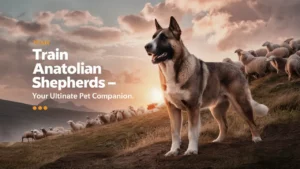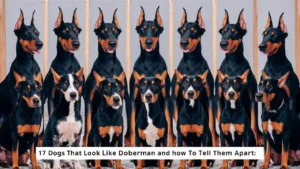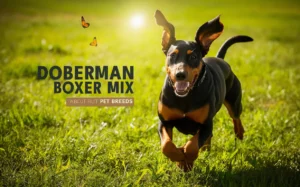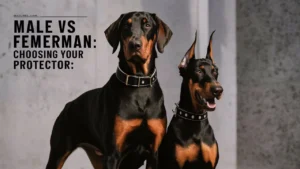When it comes to guard dogs, few breeds are as well-regarded as the Belgian Malinois and the German Shepherd.
Both dogs possess impressive qualities, making them favorites among law enforcement, military, and families seeking protection.
In this article, we’ll delve deep into the characteristics, origins, temperaments, and training needs of these remarkable breeds, helping you understand which might be the better fit for you.
Quick Overview
At first glance, the Belgian Malinois and the German Shepherd may seem quite similar. Both breeds are known for their intelligence, loyalty, and versatility. However, their distinct histories and traits make them unique.
- Belgian Malinois: A highly agile and alert breed, the Belgian Malinois excels in working roles, particularly in police and military contexts. They are known for their keen instincts and strong drive.
- German Shepherd: Renowned for their versatility, German Shepherds are often utilized in various roles, from search and rescue to assistance dogs. They are celebrated for their loyalty and protective nature.
Breed Origins
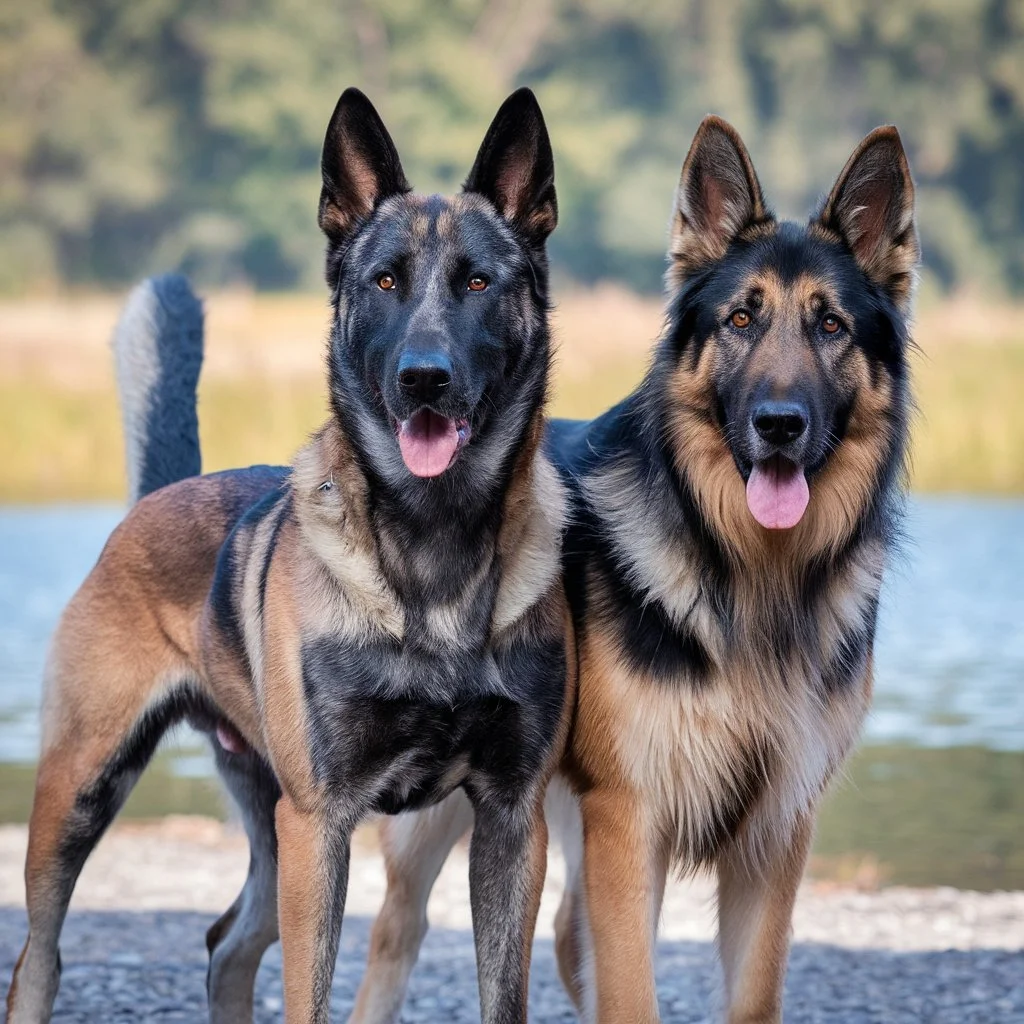
Understanding the origins of these breeds can provide insights into their behavior and suitability as guard dogs.
Belgian Malinois
The Belgian Malinois originates from Belgium, where it was developed in the late 19th century. Initially bred for herding sheep, the Malinois quickly transitioned into a working dog, known for its agility and intelligence.
The breed is named after the city of Malines, and it was one of four types of Belgian herding dogs.
German Shepherd
The German Shepherd was developed in Germany in the late 1800s, with the aim of creating an ideal herding dog. Captain Max von Stephanitz is credited with standardizing the breed, emphasizing intelligence, strength, and versatility.
The German Shepherd’s ability to learn quickly and adapt to various roles has made it a preferred choice for police, military, and service work.
Physical Appearance
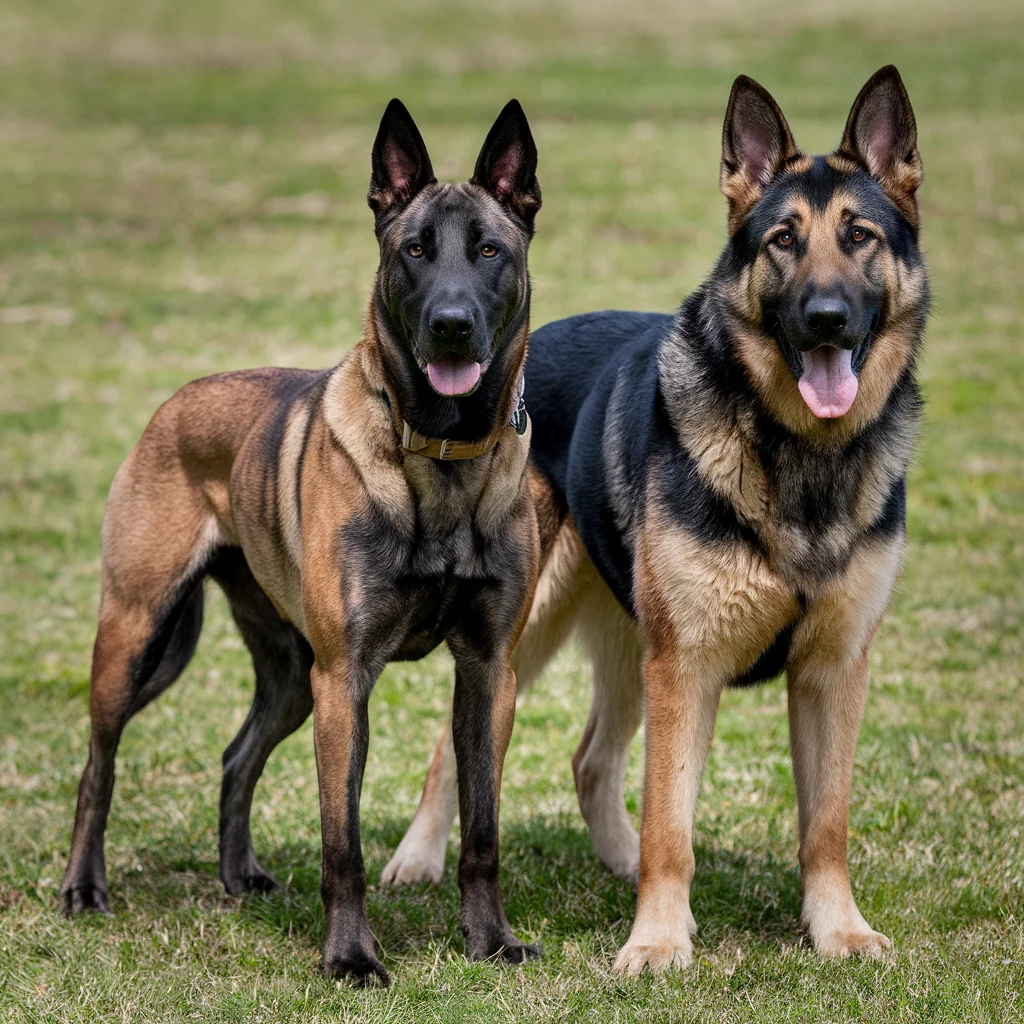
Both breeds have striking physical appearances, but there are key differences.
Belgian Malinois
- Coat: Short and straight, typically fawn to mahogany in color with a black mask.
- Build: Lean, athletic build, making them exceptionally agile.
- Height: Males stand about 24-26 inches; females range from 22-24 inches.
German Shepherd
- Coat: Dense and medium-length, comes in a variety of colors including black and tan, sable, and all-black.
- Build: Strong and powerful, with a slightly sloped back.
- Height: Males typically stand 24-26 inches; females range from 22-24 inches.
| Feature | Belgian Malinois | German Shepherd |
| Coat Color | Fawn to mahogany | Black and tan, sable |
| Build | Lean and athletic | Strong and powerful |
| Height | 24-26 inches (M), 22-24 inches (F) | 24-26 inches (M), 22-24 inches (F) |
Size Comparison
While both breeds are similar in height, the Belgian Malinois tends to be lighter and more agile, making them better suited for activities requiring speed and quick maneuvers. The German Shepherd’s sturdier build gives them an edge in terms of strength and endurance.
Temperament Analysis
Belgian Malinois
The Belgian Malinois is known for its high energy levels and strong work ethic. They are:
- Intelligent: Quick learners, often excelling in obedience training.
- Protective: Naturally suspicious of strangers, making them excellent watchdogs.
- Active: Requires regular exercise to maintain mental and physical health.
German Shepherd
German Shepherds are known for their loyalty and versatility. They typically exhibit:
- Calm Demeanor: While protective, they are often more relaxed than Malinois.
- Social Nature: Generally friendly with families and children, making them good companions.
- Trainable: Highly trainable and eager to please, ideal for various roles.
Energy Levels and Exercise Requirements
Both breeds require substantial exercise, but their needs differ slightly.
Belgian Malinois
- Daily Exercise: 1.5 to 2 hours
- Recommended Activities: Agility training, obedience training, and interactive games.
German Shepherd
- Daily Exercise: 1 to 1.5 hours
- Recommended Activities: Long walks, fetch, and obedience training.
To keep either breed mentally stimulated, consider incorporating puzzle toys and training exercises into their routine.
Trainability and Intelligence
Belgian Malinois
The Belgian Malinois is highly trainable due to its intelligence and eagerness to work. They excel in:
- Obedience Training: Quick to learn commands and tricks.
- Agility Training: Natural agility makes them excellent in obstacle courses.
- Protection Work: Instinctively protective, they respond well to protection training.
German Shepherd
German Shepherds are equally intelligent and are known for:
- Versatile Training: Suitable for various roles, including police work and assistance dogs.
- Service Roles: Their trainability allows them to perform tasks for individuals with disabilities.
- Obedience: They respond well to commands and can be taught complex tasks.
Dietary Needs
Proper nutrition is crucial for both breeds to maintain health and energy levels.
Belgian Malinois
- Diet Type: High-quality dry kibble with a focus on protein.
- Common Issues: Prone to obesity if overfed or not exercised adequately.
German Shepherd
- Diet Type: Premium dog food, ideally with a higher protein content to support muscle health.
- Common Issues: Sensitive stomachs; may require specific diets.
| Breed | Recommended Diet | Common Dietary Issues |
| Belgian Malinois | High-quality kibble | Obesity |
| German Shepherd | Premium dog food | Sensitive stomachs |
Health Considerations
Belgian Malinois
The Belgian Malinois generally has a lifespan of 12-14 years. Common health issues include:
- Hip dysplasia
- Progressive retinal atrophy
- Allergies
German Shepherd
German Shepherds typically live 9-13 years. Common health problems include:
- Hip dysplasia
- Degenerative myelopathy
- Bloat
| Breed | Lifespan | Common Health Issues |
| Belgian Malinois | 12-14 years | Hip dysplasia, progressive retinal atrophy, allergies |
| German Shepherd | 9-13 years | Hip dysplasia, degenerative myelopathy, bloat |
Suitability as Guard Dogs
Both breeds excel as guard dogs, but their approaches differ.
Belgian Malinois
- Strengths: Extremely alert and driven; great for protection work and law enforcement.
- Weaknesses: Can be overly energetic for families without adequate training and exercise.
German Shepherd
- Strengths: Loyal and protective, they make excellent family guardians while also being trained for various tasks.
- Weaknesses: May be prone to separation anxiety if not socialized properly.
Real-World Applications
- Belgian Malinois: Widely used in police and military roles due to their agility and keen senses. They are often seen in detection and search-and-rescue operations.
- German Shepherd: Commonly used as service dogs, police dogs, and search-and-rescue dogs, their versatility is unmatched.
The Bottom Line
In the clash between Belgian Malinois and German Shepherds, the best choice depends on your lifestyle and needs.
- Choose a Belgian Malinois if you:
- Want a highly energetic and agile dog.
- Can commit to extensive training and exercise.
- Are looking for a working dog in law enforcement or military contexts.
- Choose a German Shepherd if you:
- Prefer a loyal and versatile companion.
- Want a family-friendly dog that can also serve as a guard.
- Seek a dog that is easy to train for various roles.
Additional Resources
For those considering either breed, various resources can provide more information:
- Breed-Specific Clubs: Join clubs to connect with other owners and gain insights.
- Books: Look for breed-specific training guides.
- Veterinarian Consultations: Regular check-ups can help mitigate health concerns.
In conclusion, both the Belgian Malinois and the German Shepherd offer unique advantages as guard dogs.
By understanding their characteristics and needs, you can make an informed decision that aligns with your lifestyle and expectations.


